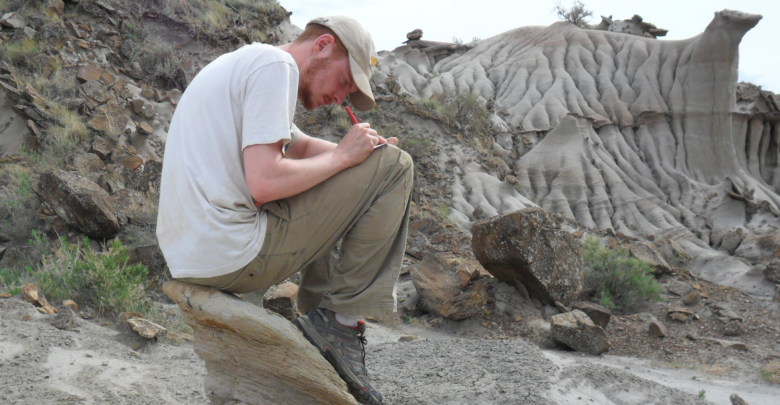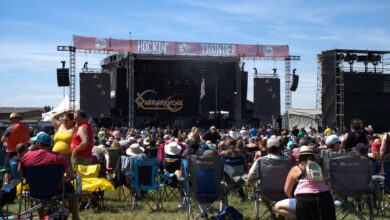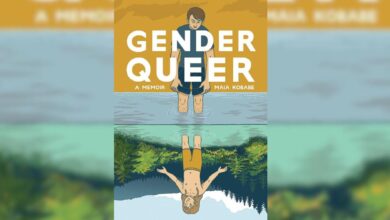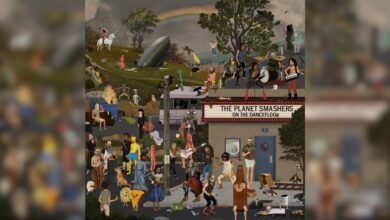U of A professor talks paleontology, poetry, and intersectionality of the two disciplines
Gavin Bradley's new book, Separation Anxiety, describes emigration, identity, and relationships through poems.
 Supplied
SuppliedProfessors in the University of Alberta’s faculty of science often venture into the world of the arts — for an assistant lecturer in the department of paleontology, his undertaking of creative writing has culminated in the publication of a book, titled Separation Anxiety.
Gavin Bradley studied at Queen’s University of Belfast in Ireland, earning a degree in archeology. He then came to the U of A as a graduate student under Phil Currie to study paleontology. He now manages the Massive Open Online Courses (MOOCs) in the faculty of science, including Dino 101.
In the collection of poems published last month by the University of Alberta Press, Bradley touches on the sense of loss following emigration, identity, and relationships.
“For the longest time I thought I was writing two completely different books,” he said. “One about leaving Ireland — and exploring that sense of loss that comes with emigration from anywhere — and then one kind of about relationship stuff falling apart.”
Bradley mentioned that, unlike dinosaurs, poetry was “not a childhood love, at all.”
When considering emigration and loss of identity, Bradley said the difference of language became apparent when writing the book.
“Another thing that I didn’t realize I missed as much that I discovered when I was writing the book was the language,” he said. “I didn’t realize just how different the language and vernacular was back home, how much I’ve had to amend that, and how every time you modify a phrase or a word to be understood, you kind of feel like you’re losing your home that little bit more.”
He mentioned there was an overlap in scientists enjoying the arts, and conversely, artists enjoying sciences.
“I think there’s a lot more overlap between creative work and scientific work than people realize,” he said. “A lot of scientists, not just paleontologists, but general scientists are the most creative people that I know. By contrast, there are a lot of poets that work in scientific fields as well.”
When asked what first got him interested in dinosaurs and studying paleontology, he said part of it was because of their fantastical nature.
“Most kids go through a paleontology phase, right? It’s like, monsters that were real, that you’re allowed to read about, and believe in … we did have these once-in-a-blue-moon copy of this magazine called Dinosaurs! hit the stands, and that was like Christmas for me.”
One particular issue of Dinosaurs! stood out to a young Bradley, depicting the dinosaur Coelophysis.
“It was chasing its juveniles on the front cover and trying to eat them, and the implication was that this was a cannibal,” he explained. “I remember getting that magazine and being like, ‘am I allowed to look at this?'”
“When I got in to grad school, one of the first things I learned was that Coelophysis is not a cannibal, that’s been completely falsified.”
According to Bradley, the intersectionality between the two disciplines of arts and sciences is not as limited as it was during his undergraduate degree.
“I think an arts degree is way more valued in sciences than it was say, 10 to 15 years ago, because science communication is such a huge part of the field,” he stated. “Maybe you’re interested in science but you’re doing a creative writing program. There are way more applications in science for that than there were when I was an undergrad.”
“By keeping up with a hobby or something you enjoy you are never limiting yourself. You’re only opening up options.”
Bradley’s book was published in March through the University of Alberta Press, and copies are available at local indie bookstores, or wherever books are sold.




